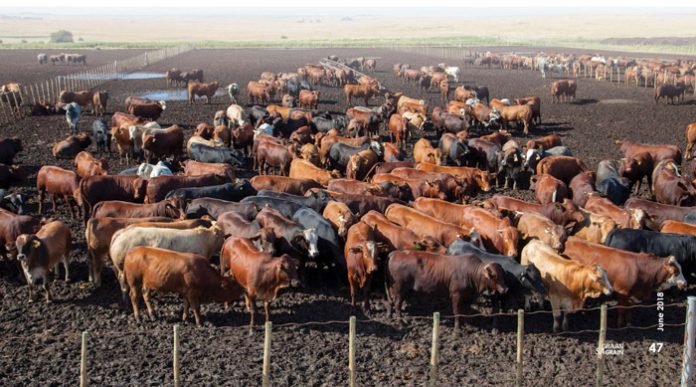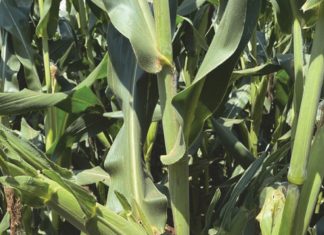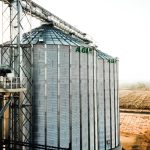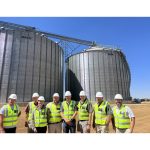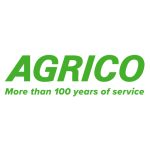June 2018
PHILLIP OOSTHUIZEN, head: Economics and Research, Sernick Group
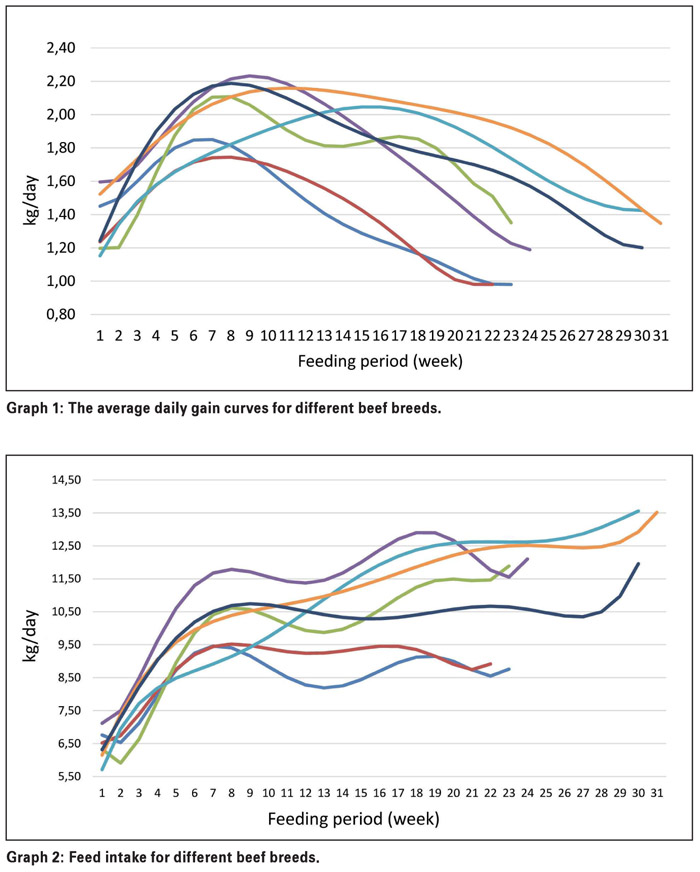 The cattle feedlot sector plays a significant role in the red meat industry. Approximately 70% to 80% of cattle that reach the consumer went through a feedlot feeding phase to ensure a market acceptable carcass.
The cattle feedlot sector plays a significant role in the red meat industry. Approximately 70% to 80% of cattle that reach the consumer went through a feedlot feeding phase to ensure a market acceptable carcass.
Intensive feeding of cattle in feedlots is crucial due to insufficient land and pastures to raise weaners for the market. Furthermore, the rate and efficiency to feed weaners for the market by utilising grain are higher and can be done in less time, hence the preference for this system. Feed is one of the major input costs in a feedlot and has a great influence on feedlot profitability and therefore sustainability.
Feedlot profitability is risky and unstable due to various factors such as input and output prices, which are market driven and determined by supply and demand. Production factors which include growth, feed conversion and carcass characteristics are determined by genetics, products, climate and management, among others.
Variation in price and production factors have a great influence on profit margins. The occasional ‘cost squeeze effect’, where the profit margin decreases due to increasing input costs and stable or decreasing output prices, places even more pressure on profit margins – hence the importance of and focus on the effective and productive use of resources and management.
A solution for the above is precision agriculture, which can be defined in a simple two step definition: Firstly identify the genetic or natural potential of the animal. After the capped potential has been determined, change and adopt the products and processes to utilise the genetic or natural potential optimally.
Results
The Sernick Precision Feedlotting project of 2015 is a practical example of precision agriculture in the feedlot. Feedlots generally treat all beef breeds in a homogeneous programme with a standard feeding period. The objective of this study was to determine the profit maximising feeding period for different breeds, consequently the differentiation between beef breeds. Firstly, referring to the definition of precision agriculture, the unique genetic growth and feed intake curves were determined for each breed through a feedlot experiment. Graph 1 indicates the average daily gain curves for the seven different breeds.
It is evident that the initial growth slopes, peak average daily gain and finishing growth slopes differ significantly. Feed intake and feed conversion for the seven breeds are indicated in Graph 2 and Graph 3. Big differences are evident, therefore there is an opportunity to differentiate between the breeds.
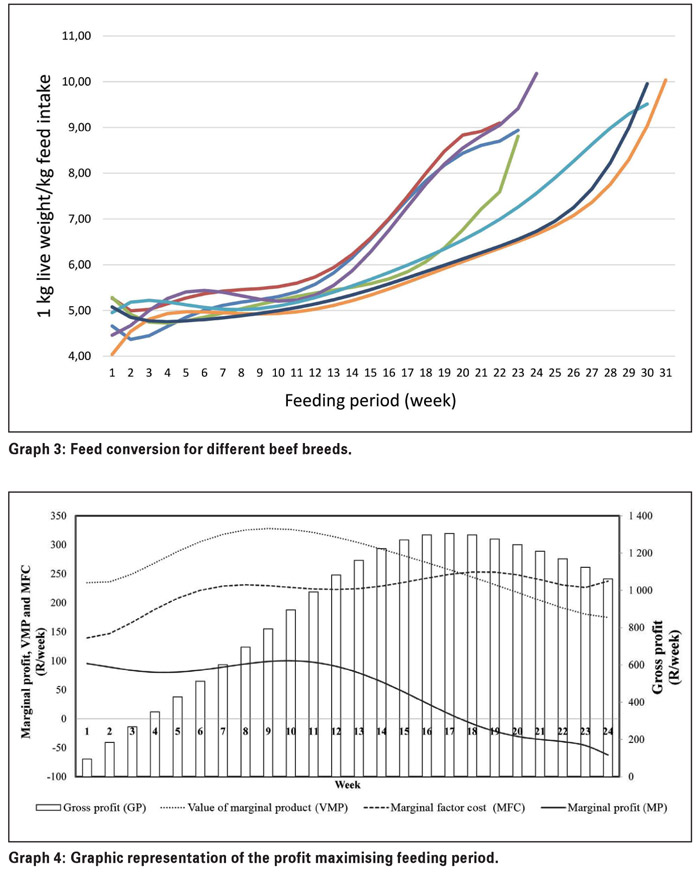 Input and output prices, which are feed and carcass prices, were incorporated into a model with the growth and feed intake data. A production economic theory was used to calculate the profit maximising feeding period. This theory simply states that maximum profit will be realised when the marginal additional value of the product equals the marginal cost, which refers to the value of the weight gained by the animal and the value of the feed that it was fed.
Input and output prices, which are feed and carcass prices, were incorporated into a model with the growth and feed intake data. A production economic theory was used to calculate the profit maximising feeding period. This theory simply states that maximum profit will be realised when the marginal additional value of the product equals the marginal cost, which refers to the value of the weight gained by the animal and the value of the feed that it was fed.
The results indicated significant differences between the profit maximising feeding period for the different breeds in the specific price scenario of 2015. Brahman, Afrikaner and Bonsmara had a profit maximising feeding period of 112, 105 and 112 days respectively. A profit maximising feeding period of 147 and 154 days was calculated for Simbra and Angus.
An unexpected long profit maximising feeding period of 189 and 182 days was determined for Simmentaler and Limousin. The average standard feeding period in most South African feedlots is 133 days. Consequently Brahman, Afrikaner and Bonsmara must be fed shorter than the average, were Simbra and Angus have to be fed longer and Simmentaler and Limousin even longer. Graph 4 shows the profit maximising feeding period model result.
Conclusion
Referring to the definition of precision agriculture, an additional 6% in gross profit can be realised by using the profit maximising feeding period model. This can have a significant influence on feedlot profitability. The genetic potential of each breed was determined and used in combination with variable market prices to determine the profit maximising feeding period. For this reason management in terms of slaughter criteria must be changed where the profit maximising feeding period model is concerned considered.
This way an animal’s genetic potential will be utilised optimally, the price variation risk will be addressed and decreased, and resources and feed will be utilised optimally to produce beef.
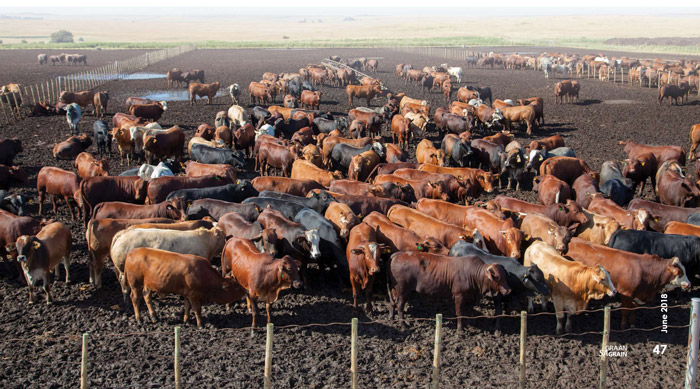
Publication: June 2018
Section: On farm level



